- Home
- Our CSA
- News from the Bend
- Contact Us
-
Recipe Index
- Beans
- Beets
- Bok Choy
- Broccoli
- Cabbage
- Carrots
- Collards
- Cucumbers
- Dill
- Eggplant
- Fava Beans
- Fennel
- Garlic Scapes
- Ginger
- Herbs
- Kale
-
Kohlrabi
-
Kohlrabi Recipe Contest
- Kohlrabi Noodles with Tataki Cabbage or Kale
- Kohlrabi Salad with Sesame Ginger Viniagrette
- Crispy Apple and Kohlrabi Salad
- Kohlrabi, Apple, and Beetroot Salad
- Kohlrabi Home Fries
- Roasted Kohlrabi with Parmesan
- Kohlrabi Risotto
- Mashed Kohlrabi and Potatoes
- Knol Khol Poriyal
- Kale and Kohlrabi Salad
- Apple Kohlrabi Salad
- Kohlrabi Zucchini Carrot Fritters with Herb Yogurt Sauce
-
Kohlrabi Recipe Contest
- Lemongrass
- Mustard Greens
- Napa Cabbage
- Okra
- Parsley
- Peppers
- Radishes
- Rainbow Chard
- Rapini
- Roselle
- Salad
- Sorrel
- Spring Onions
- Strawberries
- Summer Squash
- Sweet Potato
- Tomatoes
- Cherry Tomatoes
- Turnips
- Winter Squash
- Watermelon
- About Snow's Bend
- Farm Tours
- Home
- Our CSA
- News from the Bend
- Contact Us
-
Recipe Index
- Beans
- Beets
- Bok Choy
- Broccoli
- Cabbage
- Carrots
- Collards
- Cucumbers
- Dill
- Eggplant
- Fava Beans
- Fennel
- Garlic Scapes
- Ginger
- Herbs
- Kale
-
Kohlrabi
-
Kohlrabi Recipe Contest
- Kohlrabi Noodles with Tataki Cabbage or Kale
- Kohlrabi Salad with Sesame Ginger Viniagrette
- Crispy Apple and Kohlrabi Salad
- Kohlrabi, Apple, and Beetroot Salad
- Kohlrabi Home Fries
- Roasted Kohlrabi with Parmesan
- Kohlrabi Risotto
- Mashed Kohlrabi and Potatoes
- Knol Khol Poriyal
- Kale and Kohlrabi Salad
- Apple Kohlrabi Salad
- Kohlrabi Zucchini Carrot Fritters with Herb Yogurt Sauce
-
Kohlrabi Recipe Contest
- Lemongrass
- Mustard Greens
- Napa Cabbage
- Okra
- Parsley
- Peppers
- Radishes
- Rainbow Chard
- Rapini
- Roselle
- Salad
- Sorrel
- Spring Onions
- Strawberries
- Summer Squash
- Sweet Potato
- Tomatoes
- Cherry Tomatoes
- Turnips
- Winter Squash
- Watermelon
- About Snow's Bend
- Farm Tours
|
I fell in love with beets in Morocco. A bowl of these gems would adorn the table at our evening meals. They were simply prepared, steamed and seasoned with salt, lemon juice, and cumin. My love grew deeper during our farm internship in Washington, when David and I would roast them whole, peel them, then toss them with balsamic vinegar and fresh thyme. Often, we would eat them just like that, but sometimes we would add them to salad greens with goat cheese. They were top of the list of crops we wanted to grow when we began farming on Snow's Bend. David in our garden in 2005 As with many vegetables, some people declare that they do not like beets. I counter with questions about when, where, and how they have eaten them in the past. My dad was one of these people. One day when he was visiting us on the farm, we prepared a feast of farm food. He devoured the salad and then asked "What were the pink things in the salad?" I told him that he had just eaten a plate full of beets! Chioggia beets are perfect for thinly slicing raw in salads or as addition to a crudite platter. Their concentric circles of pink and white are entrancing. Gold beets have the mildest flavor and will not 'bleed', turning everything their shade, as the red beets do. Personally, I relish the full flavor of the red beets and enjoy highlighting their bold color, as in this beet hummus. Beet Red Velvet Cake with Fresh Chevre Frosting (recipe included below) I write a weekly newsletter for our CSA members which always includes a few recipes. It can be a challenge and I often find myself searching through the latest cookbooks for inspiration. As I was perusing beet recipes one day, I came upon Beets & Berries in On Vegetables by Jeremy Fox. The ingredients list included Beet Soil, with a separate recipe for that. Intrigued, I looked it up. Juicing, dehydrating, a mortar and pestle...who has the time for that? Certainly not a farmer and mother of two young children. I closed the book and moved on to a simpler beet recipe. Over the next couple of weeks I could not forget about beet soil. It sounded so different from the typical beet recipes I am accustomed to. Plus, I am a little obsessed with all things soil. And so, one Sunday morning I woke up determined to make it. I planned on accomplishing nothing else and so it seemed obtainable. I juiced the beets and then dehydrated the pulp. The dehydrated pulp was then ground with pistachios, salt, and sugar for a crumbly topping. beet soil The beet juice was turned into savory-sweet molasses. I used our own Snow's Bend strawberries, foraged for wild blackberries, and visited my secret mulberry spot (which is loaded this time of year) to garnish our plates of Beets & Berries. After we devoured this bright and refreshing main course, we moved on to a richer one; vanilla ice cream drizzled with beet molasses and topped with a sprinkling of beet soil. It was incredible and unlike anything I have eaten before. CSA members will be finding beets in their boxes with some regularity now and they will be available at farmer's markets every Saturday morning for several weeks. To the beet, y'all! recipesBeet Red Velvet Cake with Fresh Chevre Frosting
From Root to Leaf by Steven Satterfield Makes a 2-layer, 9-inch cake 3 medium beets, tops and taproots removed 12 tablespoons (1 ½ sticks) unsalted butter, room temperature, plus more for greasing the pans ¾ cup buttermilk Juice of 1 large lemon 2 teaspoons distilled white vinegar 1 ½ teaspoons vanilla extract 2 cups sifted cake flour 3 tablespoons cocoa powder ½ teaspoon baking soda 1 ¾ cups granulated sugar 3 large eggs Fresh Chevre Frosting (recipe below) Heat the oven to 400 degrees. Wash the beets and place on a sheet of parchment. Fold the parchment around the beets. Place the parchment on a sheet of aluminum foil and wrap the foil tightly around the parchment to make a packet. Bake until the tip of a knife slides easily into the largest beet. Cool until the beets can be handled, then peel. Butter two 9-inch round cake pans. Line the bottoms of the pans with parchment, and butter the parchment. Set aside. Lower the oven temperature to 350 degrees. Place the beets in a food processor and process until finely chopped. Remove the beet mixture from the processor and measure out 1 cup. Reserve any remaining chopped beets for another use. Return the measured 1 cup beets to the food processor. Add the buttermilk, lemon juice, vinegar, and vanilla, and process until smooth. Into a medium bowl, sift together the flour, cocoa, salt, baking powder, and baking soda. Set aside. In the bowl of a stand mixer, beat the 12 tablespoons butter until soft. Slowly add the sugar, and beat until creamy. Beat in the eggs one at a time. After each addition, stop the motor and scrape down the sides of the bowl. Alternate adding dry and wet ingredients to the butter mixture, beginning and ending with the dry ingredients. After each addition, beat for 10 seconds, and then scrape the bowl. Divide the batter between the prepared cake pans, smoothing the tops. Bake until a cake tester inserted in the cake comes out clean, about 20 minutes. Cool completely in the pans on a wire rack. To assemble, place a serving platter upside down on top of one of the pans. While holding the pan and the plate, invert the pan, allowing the cake to drop out onto the plate. Lift off the pan, and peel away the parchment. Put 1 cup Fresh Chevre Frosting on the center of the cake. Using a flat spatula, spread the frosting evenly over the top. Invert the second cake onto a plate, remove the parchment, then invert again onto a flat plate. Carefully ease the second cake, flat side down, centered on top of the frosted layer. Cover the top and sides of the cake with the remaining frosting. Serve immediately or store covered at room temperature for 2 to 3 days. Fresh Chevre Frosting Enough for one 2-layer cake 6 tablespoons unsalted butter, room temperature 1 ½ cups sifted confectioners’ sugar Pinch salt ½ teaspoon vanilla extract 8 ounces cream cheese, room temperature 8 ounces creamy goat cheese (chevre), room temperature In the bowl of a stand mixer, beat the butter until soft. Beat in the confectioners’ sugar, salt, and vanilla, and continue beating until creamy. With the motor running on low, add pieces of the cream cheese one at a time. Stop the motor and scrape down the sides of the bowl. With the motor running, add pieces of goat cheese, and beat until creamy. Store at room temperature until ready to frost the cake layers. The following recipes are all from the cookbook On Vegetables by Jeremy Fox. Beets & Berries Serves 4 Roasted beets 10 small beets, greens removed and reserved for another use 2 tablespoons extra-virgin olive oil 1 tablespoon red wine vinegar Kosher salt Red quinoa 2/3 cup red quinoa 3 tablespoons chopped fresh spearmint leaves Finely grated zest and juice of 1 lemon, plus more as needed Kosher salt 1 cup mixed berries To serve 1 medium avocado 2 tablespoons extra-virgin olive oil Kosher salt Freshly cracked black pepper 4 tablespoons Beet Soil (recipe follows) A handful of each; whole mulberries, halved strawberries, and halved blackberries, to garnish Make the roasted beets Follow the instructions for roasting and peeling beets on page 40. Cut the peeled beets into whatever size and shape you like and toss them with the olive oil, red wine vinegar, and salt to taste. Set the beets aside to cool until plating. Make the red quinoa Rinse the quinoa under cold running water. In a pot, combine the quinoa and 1 1/3 cups cool water. Bring to a boil over medium heat. Cover, reduce the heat to a simmer, and cook until all the water is absorbed, 15 to 20 minutes. Remove from the heat, fluff the quinoa with a fork, and toss it with the 2 teaspoons of the olive oil, the mint, lemon zest and juice, and salt to taste. Cool the quinoa to room temperature or cooler before serving. In a bowl, toss the berries with the remaining 3 tablespoons olive oil, season lightly with salt, and mash them up with a fork until the oil and the juices combine. Right before serving, halve and pit the avocado, then scoop the avocado flesh into a bowl. Add the olive oil, salt to taste, and a healthy dose of black pepper. Mash it with a fork until well combined. To serve To serve, either portion onto 4 individual plates or bowls or onto 1 large platter and serve family-style. Lay a dollop of the avocado first, and follow with some quinoa. Arrange the beets over the avocado and quinoa, then spoon the berry mixture on top. Garnish with beet soil and finish with the fresh berries. Beet soil Makes about 1 ½ cups “These dehydrated beet solids can be ground in a food processor, but I prefer the texture you get from a mortar and pestle. The addition of olive oil changes the color from reddish maroon to a brown, and the green bits of pulverized pistachio make it really look like soil. In addition to the Beets & Berries, beet soil is also great sprinkled over ice cream that’s been drizzled with Beet Molasses (recipe follows).” 3.5 ounces shelled pistachios, toasted 4 ounces dehydrated red beet pulp (dehydrated at 135 degrees for 12 hours or overnight) 2 ounces granulated sugar ½ teaspoon kosher salt 5 tablespoons extra-virgin olive oil Grind the toasted pistachios in a mortar and pestle until it looks somewhat like dirt with bits of minerals mixed in. The result should not be a uniform powder, but, rather chunks of various sizes. Set aside. Place the beet pulp in a mortar and pestle or grind in a food processor (a blender will make it much too fine) and process until it is fairly broken down. There should not be any big pieces of beet pulp. A lot of the pulp will turn into a powder, which is fine. Transfer the pulp to a bowl and fold in the ground pistachios, sugar, and salt. Using your hands (wear gloves if you do not want it to stain your hands), mix the ingredients thoroughly. (You want to use your hands to make sure that there are no clumps, which would throw off the ratio.) Slowly, and in stages, gradually add the olive oil and work it into the mixture. Use less than you need to start, as you can always add more, but removing it is difficult. Work it into your palms and between your fingers. You want it to crumble without getting clumpy; it should be the texture of healthy soil. The color will change from purple burgundy to a dark color of dirt. Keep agitating it with your fingers, so that the oil is evenly dispersed. You need to add enough oil so that the beet soil is not powdery and tastes luxurious, sweet, and nutty. Just don’t add too much oil, which will give you a texture like wet sand. (If you do add too much oil, lay the soil between layers of paper towels to absorb the excess oil. Repeat the process until enough of the excess oil has been absorbed, but try to avoid this, as it is a long and annoying process.) Store in an airtight container at room temperature for up to 1 month. Beet Molasses Makes 1 cup “It is a good thing to have on hand in place of things like pomegranate molasses or a reduced balsamico. It’s also great as a cassis replacement in a Kir Royale.” 1 quart red beet juice, finely strained 1 cup granulated sugar ½ cup rice vinegar 2 teaspoons kosher salt In a wide, heavy-bottomed pot, combine the beet juice, sugar, vinegar, and salt and bring to a slow simmer over medium heat. Cook, maintaining a bare simmer, until the liquid is reduced by 75 to 80 percent of its original volume, about 4 hours. As the liquid reduces, brush down the inside of the pot with a pastry brush. To test for doneness, drizzle a little of the molasses on a plate and let it cool. It should have the consistency of aged balsamic vinegar. Once the molasses is ready, strain it through a fine-mesh sieve and allow it to come down to room temperature. Cover and refrigerate for up to 3 months. *you can halve this recipe if you like
1 Comment
The roots of this friendship run back to 1997 when David and Mauricio Papapietro, owner of Brick and Tin, met in college at Sewanee. In 2004, when David and I returned to Alabama following our internship in Washington state and set out to begin our farming career in earnest, Mauricio was beginning his career as a chef. We have attended each other’s weddings and watched our families grow together. When he opened Brick and Tin, we already had a great relationship. Mauricio has been to the farm several times over the years. On Sunday, he was joined by his family and the crew from Brick and Tin. As we walked the fields and shared a picnic by the river, we talked about farming and how we can continue to cultivate this already strong partnership. It is clear that Mauricio and everyone at Brick and Tin care deeply about sourcing the best quality produce and are committed to supporting local farms. We had a blast and hope they will come back again soon!
In the meantime, I highly recommend you visit them at one of their two locations; in downtown Birmingham and Mountain Brook. https://www.brickandtin.com/ I recently made this for a sunset picnic on the farm. The original recipe calls for 4 individual pot pies baked in bowls, but it worked well as in large pie pan and was easier to take on the go. At home, the individual bowls are best. Half was eaten right away and the other half the following evening. After enjoying it for dinner two nights in a row, I still wanted more! Adapted from The Smitten Kitchen Cookbook by Deb Perelman
Serves 4 to 6 “The crust and stews can be made up to 24 hours in advance, and need only to be baked to come to the table;…” Lid 2 cups all-purpose flour ½ teaspoon table salt 13 tablespoons unsalted butter 6 tablespoons sour cream or whole Greek yogurt 1 tablespoon white wine vinegar ¼ cup ice water 1 egg, beaten with 1 tablespoon water, for egg wash Filling 2 tablespoons olive oil 4 ounces bacon 1 large or 2 small onions, finely chopped 1 large carrot, finely chopped 2 to 3 small celery stalks or 1 large, finely chopped Pinch of red pepper flakes Salt and freshly ground black pepper 2 garlic cloves, minced 1 bunch of chard, stalks chopped to ¼-inch and leaves chiffonaded 3 ½ tablespoons butter 3 ½ tablespoons all-purpose flour 3 ¼ cups low-sodium chicken or vegetable broth 2 cups white beans, cooked and drained, or from one and a third 15.5-ounce cans Make lids In a large, wide bowl (preferably one that you can get your hands into), combine the flour and salt. Add the butter and, using a pastry blender, cut it up and into the flour mixture until it resembles little pebbles. Keep breaking up the bits of butter until the texture is like uncooked couscous. In a small dish, whisk together the sour cream, vinegar, and water, and combine it with the butter-flour mixture. Using a flexible spatula, stir the wet and the dry together until a craggy dough forms. If needed, get your hands into the bowl to knead it a few times into one big ball. Pat it into a flattish ball, wrap it in plastic wrap, and chill in the fridge for 1 hour or up to 2 days. Make filling Heat a large, wide saucepan over medium-heat and brown the bacon. Drain on paper towels and chop when cool. Leave the heat on and the renderings in the pan. Add onions, carrot, celery, chard stalks, red pepper flakes, and a few pinches of salt, and cook over medium heat until the vegetables are softened and begin to take on color, about 7 to 8 minutes. Add the garlic, and cook for 1 minute more. Add the greens and cook until wilted, about 2 to 3 minutes. Season with the additional salt and freshly ground black pepper to taste. Transfer all of the cooked vegetables to the bowl with the back, and set aside. Make sauce Wipe out the large saucepan; don’t worry if any bits remain stuck to the bottom. Then melt the butter in the saucepan over medium-low heat. Add the flour, and stir with a whisk until combined. Continue cooking for 2 minutes, stirring the whole time, until it begins to take on a little color. Whisk in the broth, one ladleful at a time, mixing completely between additions. Once you’ve added one-third of the broth, you can begin to add the rest more quickly, two or three ladlefuls at a time, at this point you can scrape up any bits that were stuck to the bottom – they’ll add great flavor. Once all of the broth is added, stirring the whole time, bring the mixture to a boil and reduce it to a simmer. Cook the sauce until it is thickened and graveylike, about 10 minutes. Season with salt and pepper. Stir the white beans and reserved vegetables into the sauce. Preheat your oven to 375 degrees. Assemble and cook pot pies Pour filling into a deep-dish pie pan and place on a baking sheet. Roll out the dough so that it will cover your pan with an overhang, or about 1 inch wider in diameter than your pan. Whisk the egg was and brush it lightly around the top rim of your bowls (to keep the lid glued on; nobody likes losing their lid!) and drape the pastry over, pressing gently to adhere it. Brush the lid with egg wash, then cut decorative vents in each to help steam escape. Bake until crust is lightly bronzed and filling is bubbling, about 30 to 35 minutes. |
NEWS FROM THE BENDFrom planting time to the growing and harvesting seasons, Archives
January 2024
Categories |
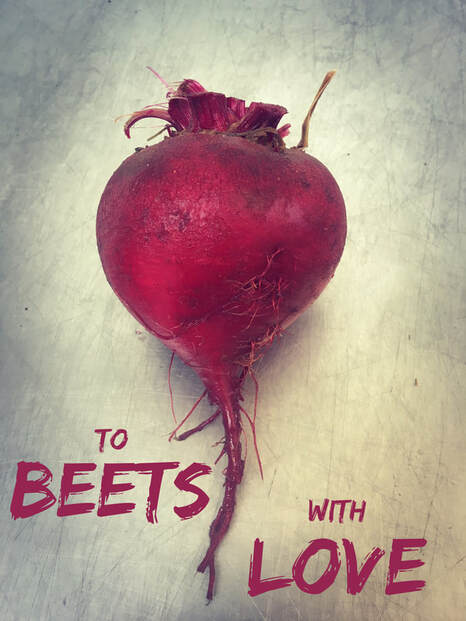
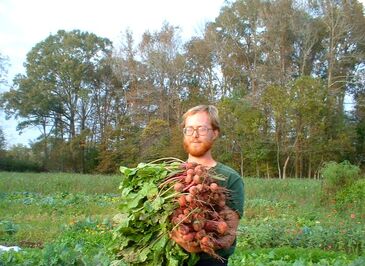
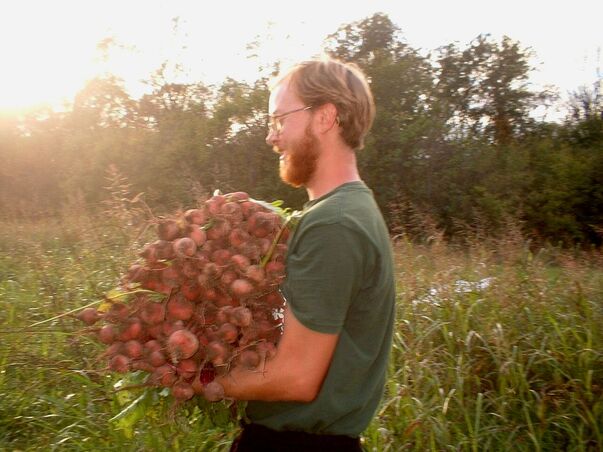
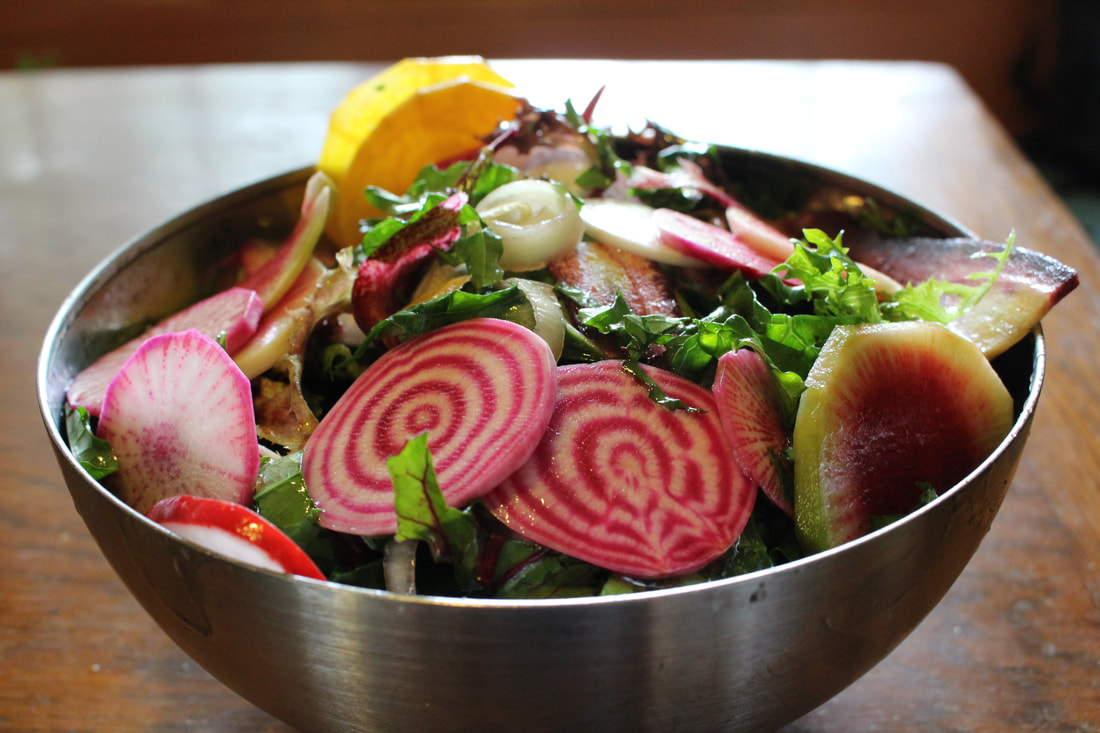
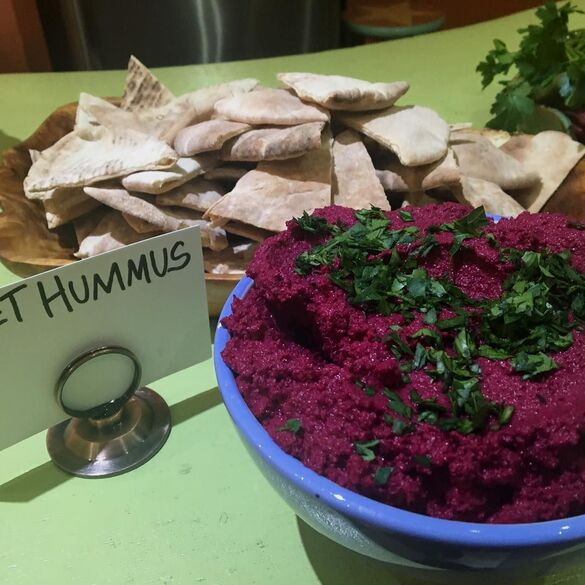

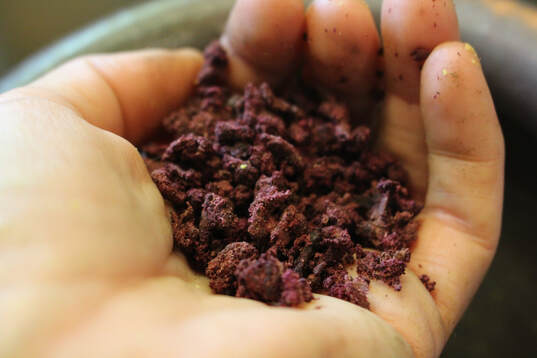
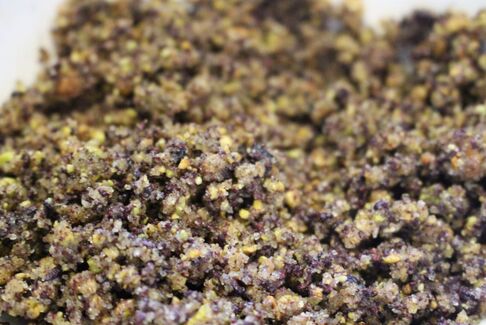
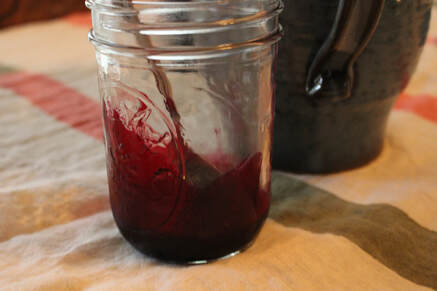
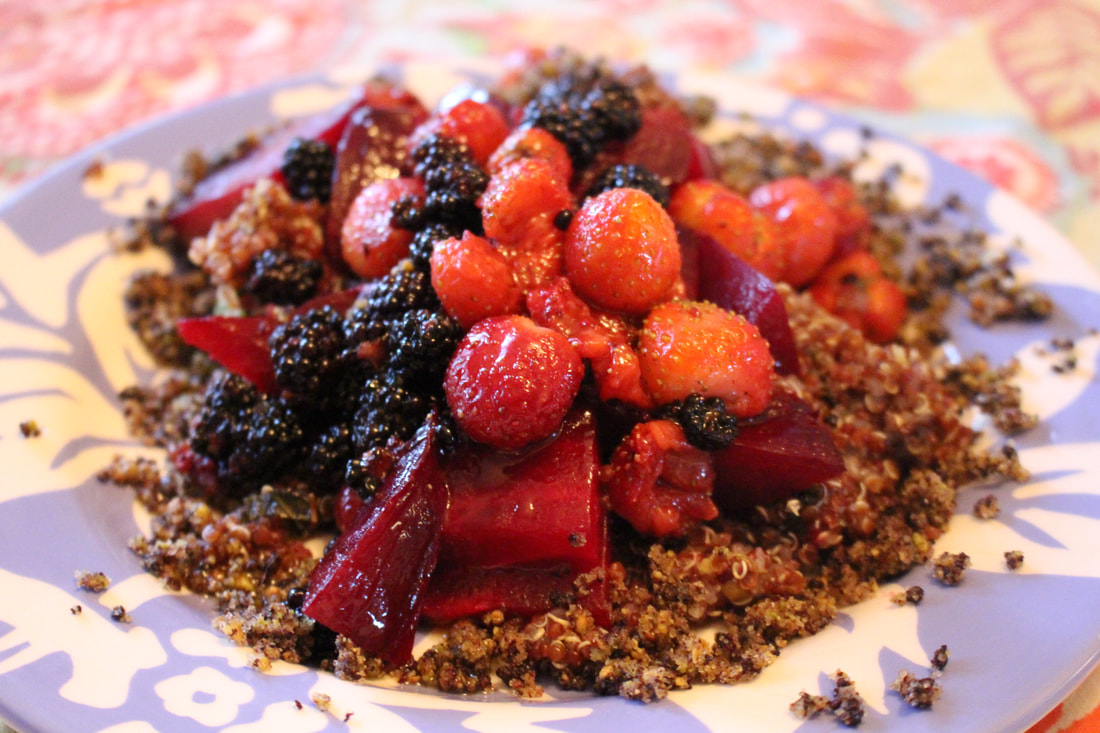
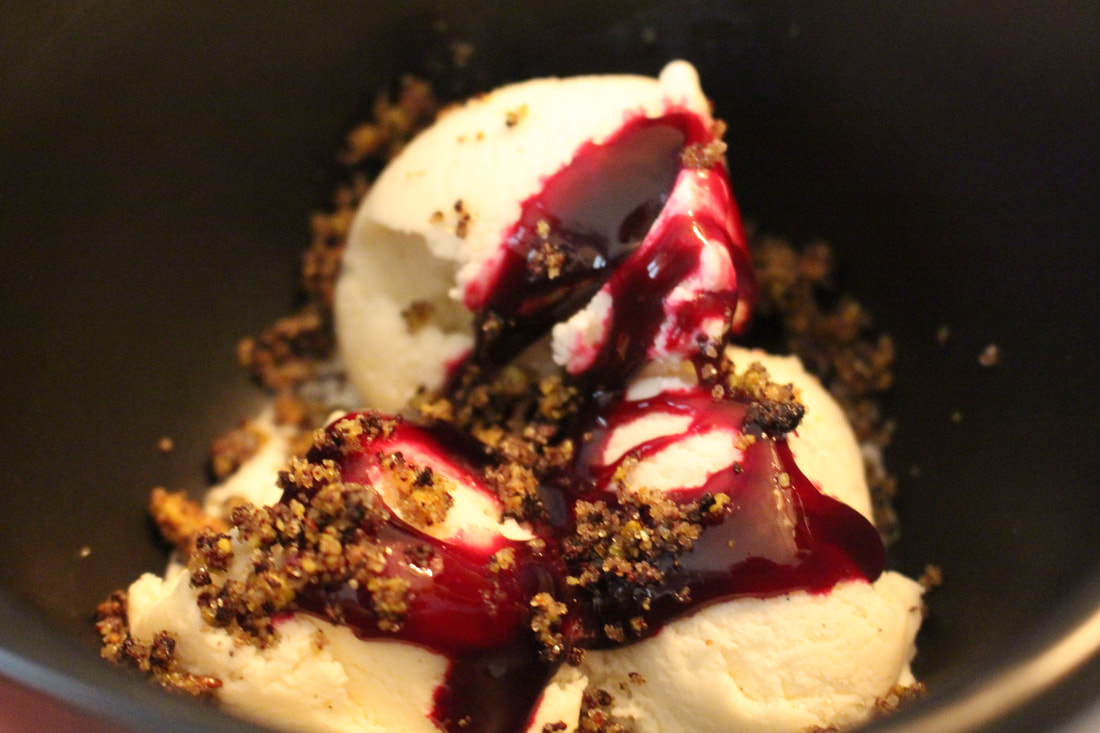
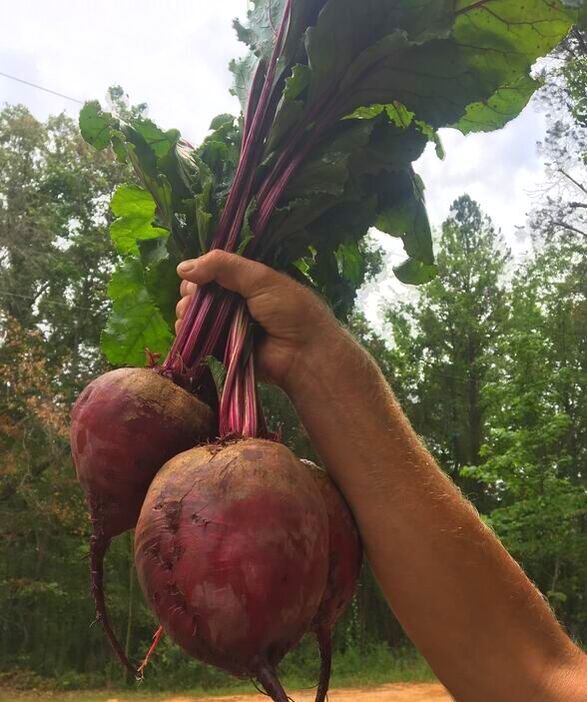

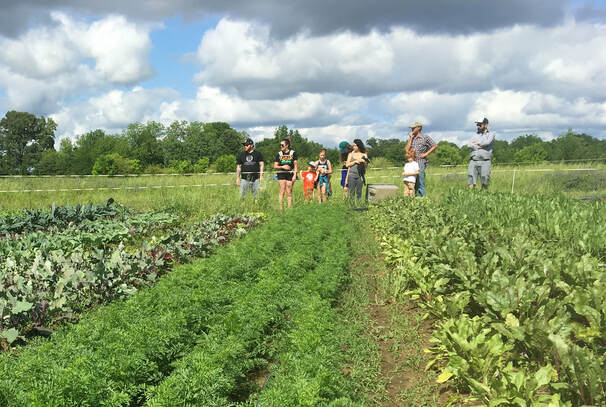






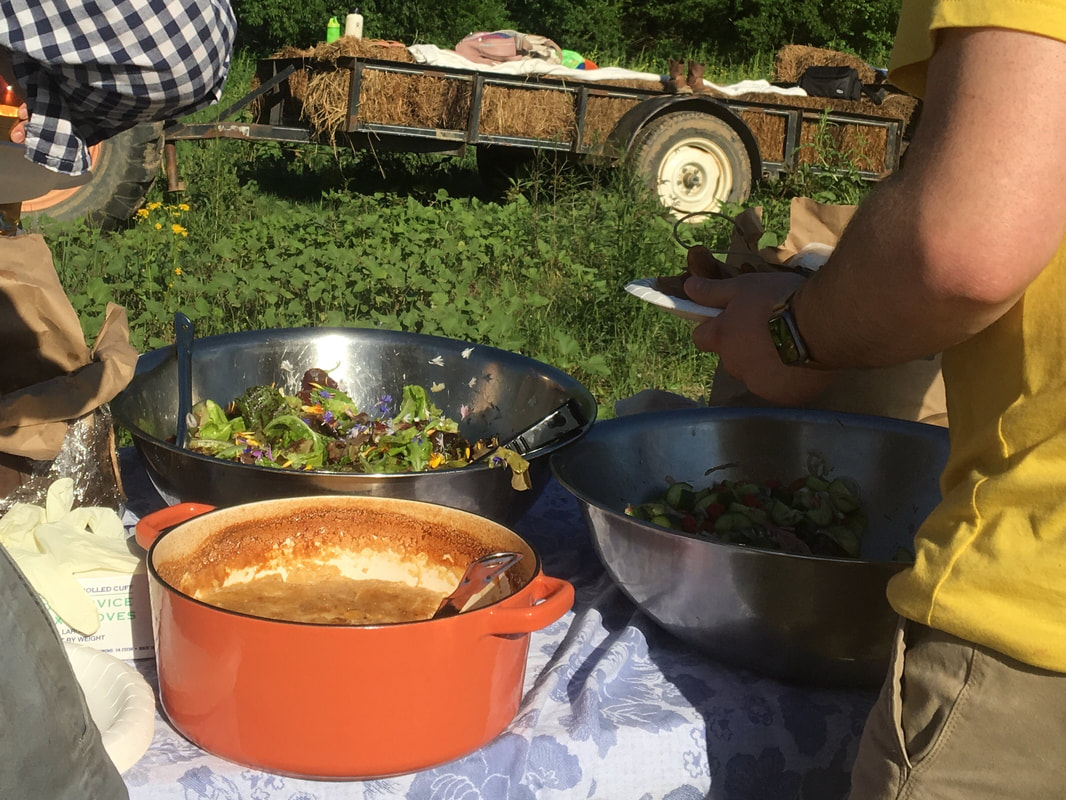

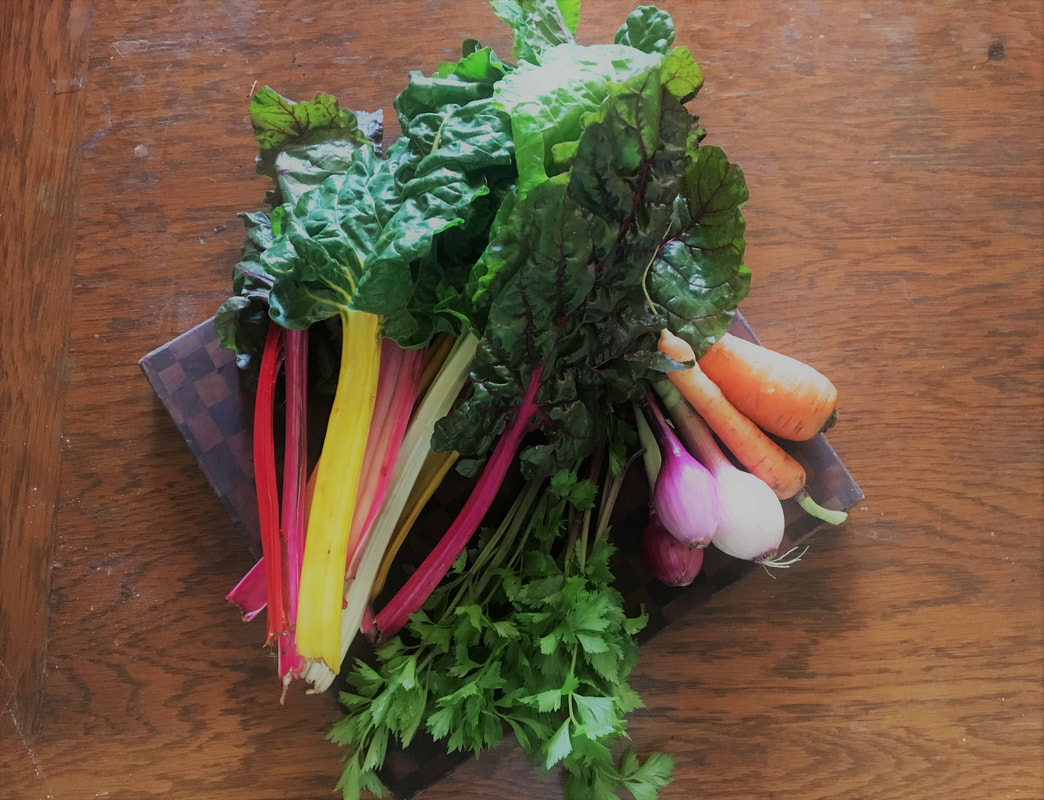
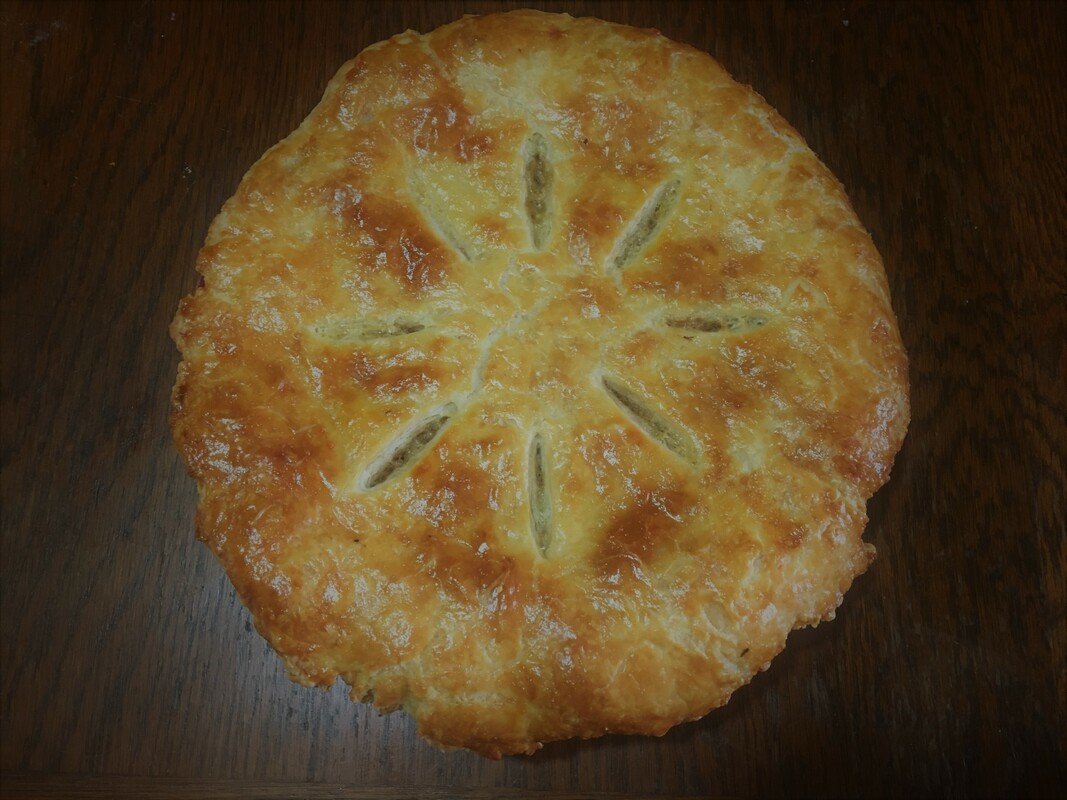
 RSS Feed
RSS Feed
